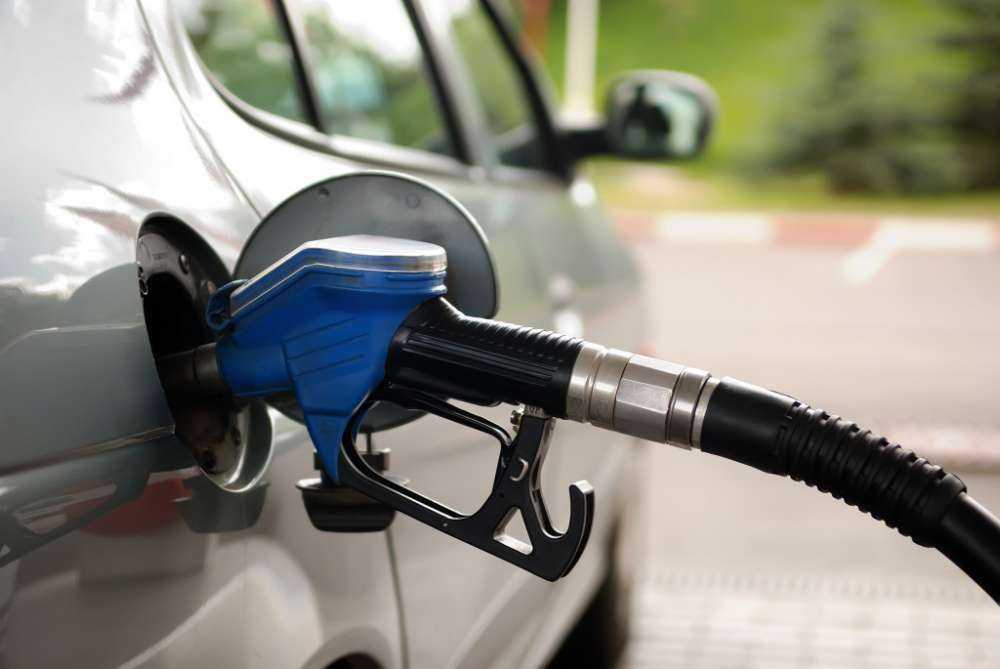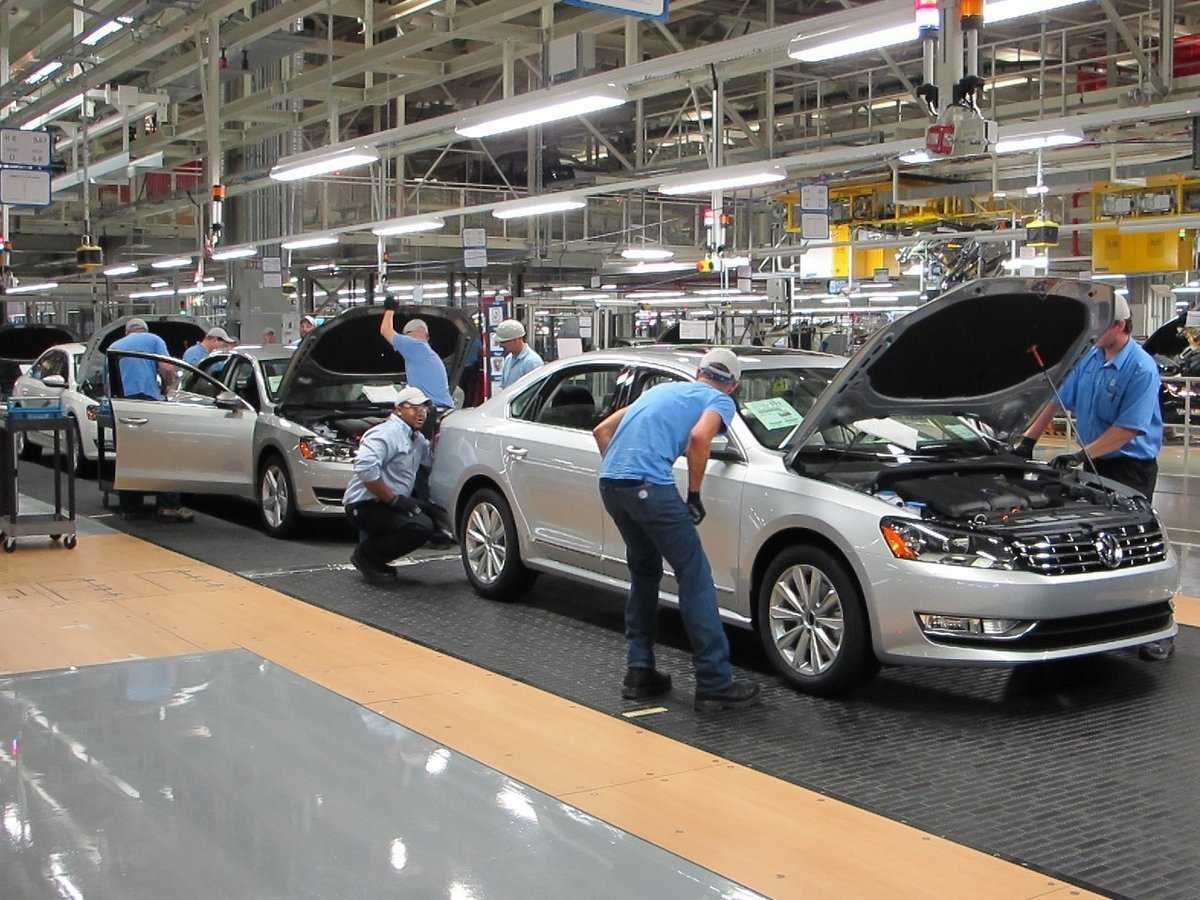Automotive
Fuel Economy and the Modern Consumer

Automotive
Top Caribbean Celebrities and Their Exotic Cars
Automotive
Three Tips for a Rust-Free Winter
Automotive
The “Trump Effect” – On Canada’s Automotive Industry
-

 Community News2 weeks ago
Community News2 weeks agoSkills for Change hosts a highly successful connections fair for youth new to Canada
-

 Community News1 week ago
Community News1 week agoFour helpful tips to get your boss off your back
-

 Community News2 weeks ago
Community News2 weeks agoThe Canadian Banking System is set to be radicalized by an open banking framework
-

 Community News2 weeks ago
Community News2 weeks ago“It’s a demographic tsunami!” Consensus about the benefits of Canada’s mass immigration is now starting to fray
-

 Community News2 weeks ago
Community News2 weeks agoLooking to tantalize your travel senses? In March it was Better In The Bahamas
-

 Community News2 weeks ago
Community News2 weeks agoOntario invests $16.5 million in Black Youth Action Plan to develop skills for in-demand careers
-

 Community News2 weeks ago
Community News2 weeks agoYoung people grappling with anxiety disorders and OCD can find substantial relief and improved quality of life in 2024
-

 Community News5 days ago
Community News5 days agoUnveiling the canvas of resilience: Dwayne Grant’s journey through art
























